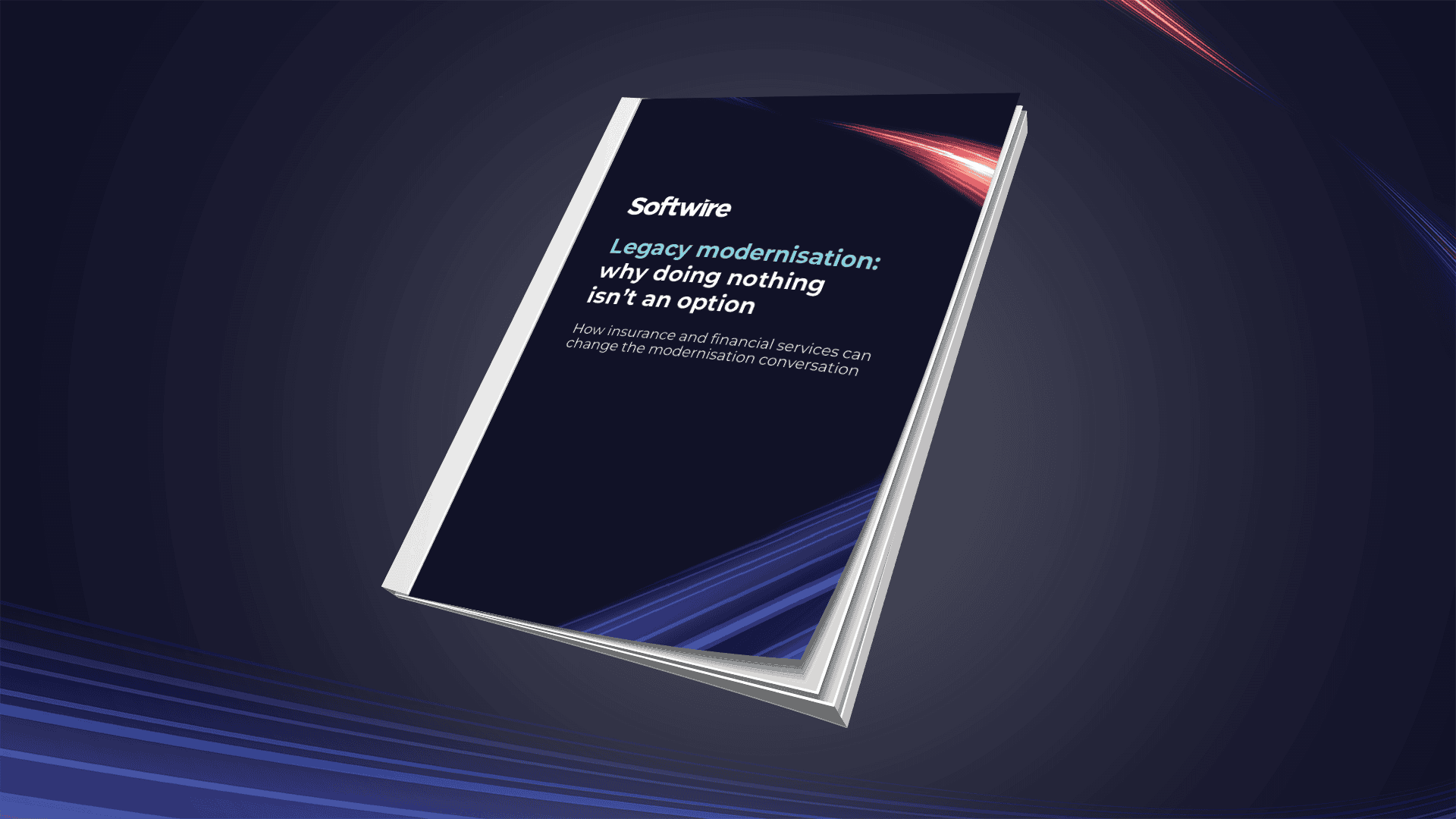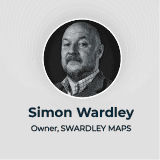
It’s widely understood that having a truly diverse workforce and inclusive culture has numerous benefits for an organisation. Increased productivity, improved staff morale and higher retention are just three examples – a quick Google will bring up lots more.
We believe strongly in diversity and inclusion at Softwire, and have worked hard in recent years to nurture this kind of environment. In a future blog, we’ll look at some of the things we’ve done within the business to create a culture that’s inclusive. But before we do, I wanted to explore another area where we’ve been making some changes: recruitment.
It’s a broad topic with a lot to discuss, so we’ve split it into two pieces. In this first part, we’ll look at what inclusive recruitment entails, different structures to support it, how we’re trying to reach underrepresented groups and how we’re evolving our vacancy notices.
In our second piece, we discuss the actual selection process, and look at the impact some of these measures have had.
What does ‘inclusive recruitment’ mean?
If you’re to have a diverse workforce, you need a recruitment process that’s as inclusive as possible. In essence, this is about making sure anyone who has the skills (or potential) to do the job can a) find out about it, b) feel encouraged and able to apply and c) have the opportunity to show they have the necessary ability for the role.
We’ve thought a lot about how we can recruit more inclusively, and made a number of changes as a result. We don’t profess to have reached perfection, by any means, but we wanted to share some of the things we’ve been doing.
Know your audience
The key to running an inclusive recruitment process is to understand the needs of different groups of people, and the best practices that exist to meet them.
- What are the needs of each group?
This can be an extremely broad and complex area, and it pays to have one or more people in your organisation whose job(s) it is to keep up to speed on how best to meet these needs.
This might be someone in your HR team, or it could be a Chief Diversity or Chief Equality Officer, like at Uber, Salesforce and many others. At Softwire, we have a diversity working group. Having a team of people feeding into our company thinking helps bring additional perspectives to the table, and ultimate responsibility lies with me as the MD.
Having this knowledge in our organisation helps us continually evolve our recruitment to make it ever-more-inclusive.
Reaching a wider range of candidates
People can only enter our recruitment process if they know we’re hiring, so we need to get our adverts seen by our target audience.
These individuals may not think to look on our website, or on the job sites we’d traditionally have used. This is why we’ve been working with specialised job boards and recruitment partners who focus on particular groups. We’ve also used targeted social media adverts to reach specific demographics.
In addition, we’ve been looking at whether the places we’re advertising meet any special requirements the target groups may have, including around accessibility.
The wording of our job ads
Once people find our ads, the next thing is to encourage suitable candidates to apply. And this means thinking carefully about the content and language in our vacancy notices.
We need to understand what our target audience looks for in a job. Some will place high importance on working in a supportive, inclusive environment. Others may be primarily concerned with making a difference in the world, working with truly cutting-edge technologies, or being able to work remotely, part-time or flexible hours.
We sometimes now tailor adverts for the same role to different audiences, to focus on the things each group is more likely to be looking for (but taking care not to fall into the trap of stereotyping). Services that gauge the likely effectiveness and/or gender bias of the text, based on large datasets, can be a help here. We’re monitoring the effect this has on the demographic of our applicants, but need a bigger dataset to know just how big an impact it can have.
Elsewhere, we’ve been thinking about the skills we ask for. It’s tempting, in tech, to provide a long list of programming languages, technologies or disciplines you’d like people to be versed in. But this can put off candidates who don’t believe they tick every box.
Equally, as the TechTalent Charter points out, using words such as ‘expert’ or ‘best’ suggests you’re after an individual who’s right at the top of their field. This again may put good candidates off, if they don’t feel they can justifiably make that sort of claim.
We’re reviewing our vacancy notices to ensure we’re clear on what’s a must-have and what’s a nice-to-have. And where appropriate, we’re making sure we state that we’d like to speak to candidates even if they don’t have these skills, but are keen to learn.
Getting the language right could mean the difference between an outstanding candidate applying for our role or dismissing it as out-of-reach or the wrong fit.
Next steps
This feels like a good place to pause and reflect, before looking at what we’ve been doing to make our subsequent application and selection processes as inclusive as possible.
To discover more, read on in part two.


